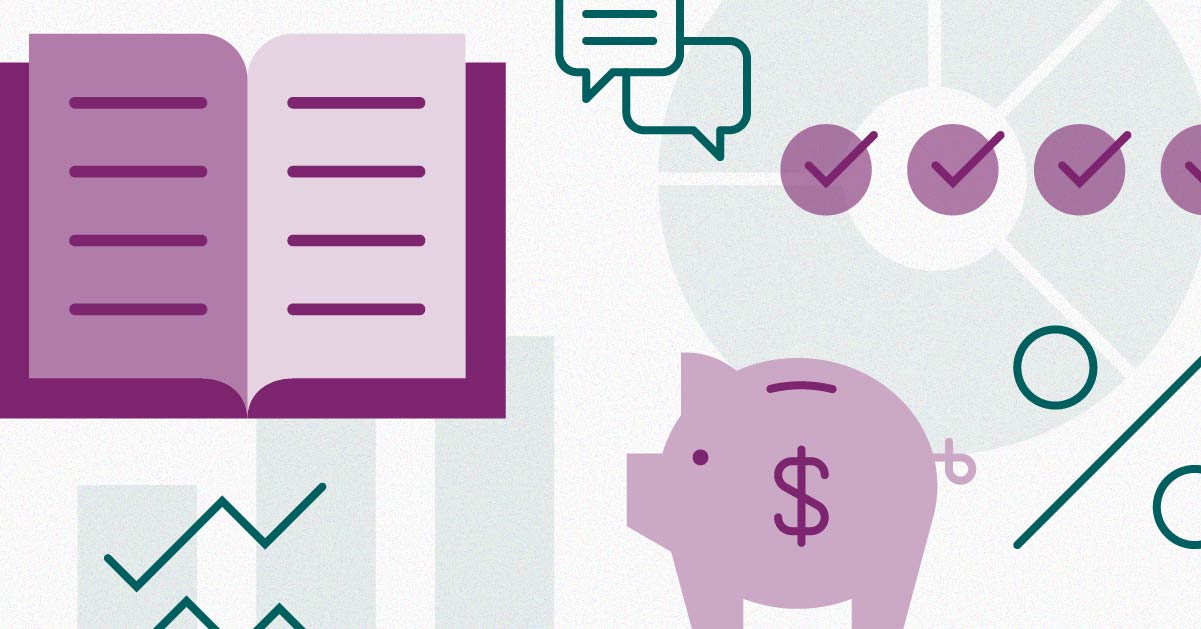When planning for retirement, choosing the right retirement accounts is essential for maximizing your savings and ensuring long-term growth. The right accounts not only offer tax advantages but also allow your investments to grow over time, setting you up for a financially secure future. Here’s a look at the best retirement accounts for long-term growth and how to make the most of them.
1. 401(k) Plan
A 401(k) plan is one of the most popular retirement accounts, especially for those with access to employer-sponsored plans. The primary benefit of a 401(k) is the ability to contribute pre-tax income, which lowers your taxable income and allows your savings to grow tax-deferred. This means you won’t pay taxes on the money until you withdraw it in retirement, allowing for compound growth over the years.
Many employers also offer matching contributions, which is essentially free money. For example, if your employer matches up to 5% of your salary, contributing at least that amount ensures you don’t leave any money on the table.
Why It’s Great for Long-Term Growth:
- Tax Advantages: Pre-tax contributions allow for tax-deferred growth, meaning your investments can compound without being taxed each year.
- Employer Match: Many companies offer a match, boosting your retirement savings automatically.
- Higher Contribution Limits: For 2024, you can contribute up to $23,000 annually, or $30,500 if you’re over 50. This allows for significant long-term savings.
Maximizing Your 401(k):
- Always contribute enough to receive the full employer match.
- Increase your contribution rate each year or whenever you receive a raise.
- Diversify your investments within your 401(k) to include a mix of stocks, bonds, and other growth-oriented assets.
2. Roth IRA
A Roth IRA is another excellent option for long-term growth, offering the advantage of tax-free withdrawals in retirement. Unlike a traditional IRA, contributions to a Roth IRA are made with after-tax dollars, meaning you won’t receive an immediate tax deduction. However, the trade-off is that your money grows tax-free, and you won’t pay taxes on withdrawals in retirement, as long as you follow the rules.
The Roth IRA is ideal for those who expect to be in a higher tax bracket in retirement or for younger workers who have more time to allow their investments to grow.
Why It’s Great for Long-Term Growth:
- Tax-Free Growth: Earnings on your investments grow tax-free, and qualified withdrawals in retirement are tax-free as well.
- No Required Minimum Distributions (RMDs): Unlike traditional IRAs and 401(k)s, Roth IRAs don’t require you to start withdrawing funds at age 73, allowing your savings to continue growing if you don’t need the money right away.
- Flexibility: You can withdraw your contributions (not earnings) at any time without penalty, giving you some flexibility in case of emergencies.
Maximizing Your Roth IRA:
- Max out contributions each year ($6,500 for 2024, or $7,500 if you’re over 50).
- Invest in growth-oriented assets like stocks or index funds for maximum long-term returns.
- Start as early as possible to take full advantage of compounding over time.
3. Traditional IRA
A traditional IRA is a tax-deferred retirement account that allows you to contribute pre-tax dollars, much like a 401(k). The advantage of a traditional IRA is that it offers more investment options than most 401(k) plans, making it a great choice for individuals who prefer flexibility in their investment strategies.
Earnings in a traditional IRA grow tax-deferred until you withdraw the funds in retirement, at which point you’ll pay income taxes on the withdrawals. Traditional IRAs are especially useful for people who expect to be in a lower tax bracket during retirement than they are now.
Why It’s Great for Long-Term Growth:
- Tax-Deferred Growth: Like a 401(k), the traditional IRA allows your investments to grow without being taxed until you make withdrawals in retirement.
- Wide Range of Investment Options: Traditional IRAs often offer more investment choices, including stocks, bonds, mutual funds, ETFs, and alternative investments, providing more control over your retirement portfolio.
- Lower Tax Bracket in Retirement: If you expect to be in a lower tax bracket when you retire, the tax-deferred nature of the traditional IRA can help you save on taxes over time.
Maximizing Your Traditional IRA:
- Make the maximum allowable contribution each year ($6,500 for 2024, with an extra $1,000 catch-up contribution if you’re over 50).
- Diversify your portfolio to balance growth and risk, especially as you approach retirement age.
- Reinvest dividends and interest to compound your returns.
4. SEP IRA
For self-employed individuals and small business owners, the Simplified Employee Pension (SEP) IRA is a powerful retirement savings tool. It allows for much higher contribution limits than traditional or Roth IRAs, making it a great option for those looking to save aggressively for retirement.
Contributions to a SEP IRA are tax-deductible, and the funds grow tax-deferred until you make withdrawals in retirement. This account is ideal for business owners who want to contribute to both their own retirement and the retirement of their employees.
Why It’s Great for Long-Term Growth:
- High Contribution Limits: For 2024, you can contribute up to 25% of your net earnings from self-employment, up to a maximum of $66,000. These higher limits allow for significant growth potential.
- Tax Advantages: Contributions are tax-deductible, and growth is tax-deferred, offering strong incentives for saving.
- Flexibility for Business Owners: You can adjust contributions based on how well your business is doing, which gives you flexibility during lean years.
Maximizing Your SEP IRA:
- Contribute the maximum allowable amount each year to take full advantage of tax-deferred growth.
- Use a mix of growth-oriented investments, such as index funds or ETFs, to maximize your long-term returns.
- Review your investment strategy annually to ensure it aligns with your retirement timeline and goals.
5. Solo 401(k)
A Solo 401(k), also known as an Individual 401(k), is designed for self-employed individuals with no employees (other than a spouse). It offers the same tax benefits as a traditional 401(k) with even higher contribution limits for business owners. The Solo 401(k) allows you to contribute both as an employee and employer, which significantly boosts your savings potential.
Why It’s Great for Long-Term Growth:
- High Contribution Limits: For 2024, you can contribute up to $23,000 as an employee, plus up to 25% of your business profits as the employer, with a total maximum of $66,000. These high limits allow for more aggressive saving.
- Tax-Deferred or Tax-Free Growth: You can choose between a traditional Solo 401(k) (tax-deferred) or a Roth Solo 401(k) (tax-free withdrawals in retirement), depending on your tax strategy.
- Catch-Up Contributions: If you’re over 50, you can contribute an additional $7,500, further boosting your savings.
Maximizing Your Solo 401(k):
- Max out your contributions each year to take full advantage of the tax benefits and high contribution limits.
- Diversify your portfolio to manage risk and maximize growth potential.
- Consider the Roth Solo 401(k) option if you expect to be in a higher tax bracket in retirement.
Final Thoughts
Choosing the right retirement account is a crucial step in securing long-term financial growth and stability. Whether you have access to an employer-sponsored 401(k), prefer the tax-free benefits of a Roth IRA, or are self-employed and looking at SEP IRAs or Solo 401(k)s, each account offers unique benefits that can help you build a substantial retirement fund. The key is to start saving early, contribute consistently, and invest wisely to maximize the growth of your retirement savings over time.





 GOOGL
GOOGL META
META
Leave a Comment